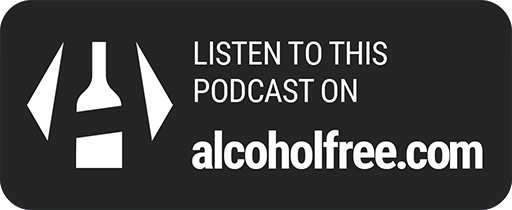American Society of Addiction Medicine

American Society of Addiction Medicine
Lead: US tobacco companies selectively disseminated hyper-palatable foods into the US food system
Lead: US tobacco companies selectively disseminated hyper-palatable foods into the US food system
Lead: US tobacco companies selectively disseminated hyper-palatable foods into the US food system
Tuesday 3rd October 2023
Discover how tobacco companies influenced hyperpalatable foods and delve into pivotal addiction medicine studies in this episode.
6 minutes
Informative
Empowering
Educational
Supportive
Thought-provoking
About this podcast
Author:
American Society of Addiction Medicine
Overview:
Categories:
Innovative Treatments & Recovery Paths
Navigating Alcohol Dependency
Family Recovery from Addiction
Nutritional Pathways to Recovery
Navigating Intimate Relationships
Links:
Visit site
Episodes:
188 (View all)

Do you want to link to this podcast?
Get the buttons here!Hyperpalatable Foods and Addiction: The Hidden Influence of Tobacco Companies
Episode Overview
- Tobacco-owned foods showed higher likelihood of being hyperpalatable
- Exploration of a cholinergic circuit's role in pain modulation
- Association between social media use and e-cigarette susceptibility among adolescents
- Impact of substance use during pregnancy on cardiovascular events
- Use of naltrexone in pregnant individuals with substance use disorders and sex differences in endocannabinoid tone
Tobacco-owned foods were 29% more likely to be classified as fat and sodium HPF and 80% more likely to be classified as carbohydrate and sodium HPF than foods that were not tobacco-owned.
Ever wondered how certain foods become so irresistibly tasty? In this episode of 'This Week in Addiction Medicine', the spotlight is on a startling study that reveals how tobacco companies have shaped the US food system. By selectively introducing hyperpalatable foods—those high in fat, sodium, and sugars—tobacco companies created an artificially rewarding eating experience. The research shows that between 1988 and 2001, foods from tobacco-owned companies were significantly more likely to be hyperpalatable compared to those from non-tobacco-owned companies.
Even as late as 2018, these hyperpalatable foods dominated the market, raising concerns about their impact on public health. But that's not all this episode covers. You'll also hear about a fascinating study on a cholinergic circuit's role in pain modulation, and how social media use might be linked to increased e-cigarette use among teens. Plus, there's an eye-opening discussion on how substance use during pregnancy can affect cardiovascular health.
The episode wraps up with insights into using naltrexone for pregnant individuals with substance use disorders, sex differences in endocannabinoid tone in cannabis users, and what defines polysubstance use. Whether you're a healthcare professional, a student, or someone affected by addiction, this episode is packed with crucial information and research findings that could change how you view addiction medicine.
